The pandemic has created new paradigms of communications, disrupting traditional channels while creating new opportunities for businesses. With the explosion of voice, messaging and video, enterprises need to find new ways to manage these assets while embracing social media as a complementary strategy to interact with today’s omnichannel customers to maintain their loyalty.
In the second episode of our be in conversation series featuring technology partners, Ananth Siva, CEO of mobile unified communications provider Movius Corp, speaks to Ken Wee, our SVP Alliance Partnership & Innovation at Bridge Alliance, about the shifting communications landscape.
Ananth addresses how convergence and hitting multiple touchpoints seamlessly are going to be critical for companies to engage their customers successfully. He also shares about Movius’ latest patent that will help enhance voice communication on IoT devices and other focus areas that the company is investing in for the future.
Ken: What are the critical problems in communications that you are solving for your customers?
Ananth: Ken, it’s so topical today. You pick up any newspaper, you pick up any magazine, you pick up any online channel, you turn on to any television, media, whatever. Everywhere there’s a lot of talk about communication and how businesses are confronting the new paradigms of communication, which have all been brought about by the rapid digitisation over the last 18 months or so ever since we’ve been unfortunately stuck in this pandemic.
But what it has done is opened up a lot of new opportunities for businesses. But at the same time it has taken away a lot of the traditional businesses’ communication channels and put them in the hands of employees who are no longer in the environment they used to be. Voice, messaging, video, all of these are just exploded as you can see. And that has caused a lot of constraints and strain on businesses because the traditional way of managing these assets and these channels are no longer possible because even the customers have now gotten used to it—that they want to interact in an omnichannel way.
So we at Movius have been very busy working with our customers and being able to provide a very secure path to all their communications that we address as it relates to voice, as it relates to messaging, as it relates to enterprise application access so that our customers are able to better serve their customers who are all looking at the enterprise to meet them in the channel of their choice.
Now, you can see that businesses in the past have typically managed these channels through policy. They’ve said you shall not do this and there are always a long list of things that businesses mandated their employees not to do. What has now become clear over the last 18 months is that cannot operate because if you turn off a channel or if you ask your employees not to interact with their customers in the channel of the customer’s and consumer’s choice, customers then begin to start changing their loyalty and will leave businesses. And so businesses are wrestling with this.
So we’ve been fortunate that with some of the leading industry customers that we have across financial services, healthcare, and other industries, we’ve been able to bring secure communication across all channels, and what’s also interesting is customers may start in one channel and go to the other. They do not want to remember multiple identities of the person in the enterprise they are interacting with. So what’s also become critical to us is that this whole notion of single number reach becoming a critical identifier of enterprise assets, so the customers are able to interact with the person no matter which channel they come across. They don’t want to remember each one.
So we at Movius work very strongly with all our carrier partners. I’ve been able to leverage the infrastructure that the carriers bring in terms of that number as becoming the sacred way that we are able to tie down the positions of the person and thereby allow enterprises to be able to better leverage what is today modern communication platforms rather than trying to combat that or deny their employees from being able to interact with customers in the channel of their choice.
Ken: We know that social media has become part of everyday life and they have enabled communications for both personal and business use. How can enterprises, especially those within the regulated industries such as financial services and healthcare leverage these channels to improve how they service clients?
Ananth: Actually if you just Google it, you will see just in the last several weeks, major financial institutions have sent out some very critical communication to their employees and it’s all in the press so nothing I’m telling you is not in the public domain out there. And you can see it all ties back to employees using what we call the “Shadow IT” concept. Because Shadow IT is really employees bringing their own personal devices to the workplace, employees using their own alternate channels of communication for conducting business. And social media and others have actually accelerated consumers’ adoption and acceptance of that channel, as a very good way, that’s where your consumers are.
So for enterprises to reach the consumers, you have to embrace these channels. And fortunately for us we over the last few years have been investing very heavily in this space because we recognise that those social channels are a complementary strategy, it does not take away the reliance on voice or video or other channels inside the business.
But they bring a very good new dimension because consumers are omnichannel serviceable if only enterprises can embrace technology and we have built very key pieces of secure communication, we have securitised in a way those social channels to become corporate compliant and that’s what allows our customers to be able to serve their consumers in the channel of their choice and not have to combat it. And we see this accelerating, in fact, it’s proliferating in multiple fronts. And we see that what we have built today and what we are delivering from marketsare very critical as we go forward in this.
And again more and more endpoints are coming out, right? If you look at it today, what we had two years ago and what we have today as endpoints have rapidly changed. And the other big thing that’s changing is there are more and more endpoints like the proliferation of IoT devices now everywhere around society. Many of them are becoming end point access points. You have Alexa at home and others, you don’t think about it but that really is an endpoint in many ways, right?
So social is here to stay, enterprises need to embrace it. And we are working furiously to make sure that we keep the enterprise ahead so they can win in the marketplace.
Ken: I recently read that Movius was awarded a new patent in the IoT space. Can you tell us more?
Ananth: Actually Ken, we are very proud of it and we’re very humbled and honoured because years of innovation went into this, working with our key carrier partners, in being able to get that.
IoT devices are going everywhere but if you look at the first generation of IoT devices out there, predominantly a lot of devices proliferating in the marketplace, they are tied to networks and predominantly some of them have voice capability. We know that voice has been elevated with the proliferation of things like Google Home, Siri, it’s training a lot of consumers to recognise that it’s a very logical way to interact with devices.
We were fortunate that our innovation allowed us to be able to very successfully get a new patent around being able to voice enable any IoT device, and make it carrier agnostic but also use very ultra low bandwidth and operate on 5G Wi-Fi or any other network and not be tied to the network.
Think about the possibilities here. Today, when businesses look at putting out remote devices you often think about–gosh that’s gonna be an expensive outcome. Yet there are some IoT devices that are coming out, if it had voice enablement like it has a speaker and a microphone on very low bandwidth, the Movius software solution today allows that device to be both mono or bidirectional and deliver significant value.
And if you look at industries like logistics, healthcare, financial services knowledge, a lot of devices need to be put out there and many businesses are unable to do that because of it is very prohibitive to put an expensive device out there. We have been able to now optimise the very critical piece of bidirectional voice and bring it into those low powered devices that are going to power the networks in the future which all our carrier partners are investing very heavily and and business are investing.
And bring it on, so we are very excited, it’s a game changer in many ways, and brings to life a very rich experience and solves everyday consumer problems in a way that was probably not really possible before.
Ken: So what’s next on the horizon for Movius? Where do you see the communication landscape shifting?
Ananth: We are seeing more and more of convergence of some of these critical aspects. Voice is not going away, it’s here to stay. Messaging is exploding right now and that will continue to happen.
But ultimately it comes down to the consumer. Look at the end consumer standpoint. They want fast, efficient ways to get seamless experience with the companies they interact with. And this is being done in many industries before in many parts of their businesses before through the word called omnichannel. We see that this omnichannel endpoint management is going to become very critical. But businesses for them to succeed, they are going to need some intelligence smarts. AI is very big. So we are very heavily invested there.
There’s going to be a lot of messaging that’s going to be not just the way we see it today, but there’s going to be some very smart messaging and we’re investing in those areas. Voice is exploding as we talked about it, and continuously with things like the IoT, patent that we just got secured and others that are in the works, we are in a very good position to take advantage of existing investments that companies have made, to be able to take advantage of what they’ve invested in and take it into a new world.
You can’t just rip and replace everything. So we are recognising that and to all our customers, we are adding significant value by trying to maximise the existing investment as well as taking advantage of new opportunities in all of these areas whether it be IoT, AI, traditional voice, messaging, enterprise application, you know one single number reach across and that’s the key thing. The more you bring identity management across a lot of these layers, you automatically have better security, better recognition of what value we can extract and that’s where we’re investing a lot of our resources and we see the future.



